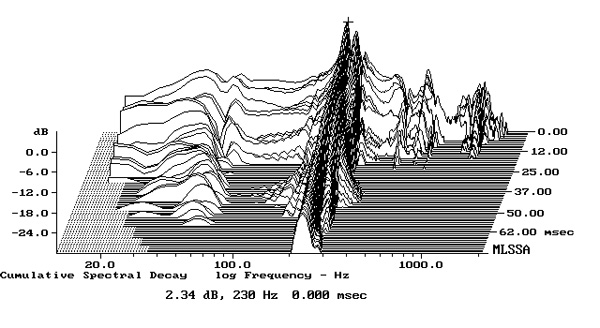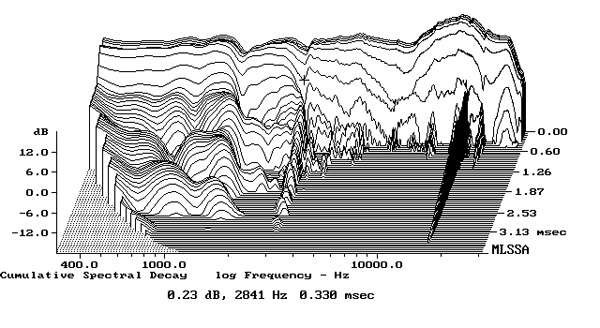| Columns Retired Columns & Blogs |
Thx, JA, for a fair and comprehensive review.
Since you mentioned the Rogers LS3-5A, any plans to review the new Falcon model?
Speaker: Jerry Bloomfield, Falcon Acoustics – Oxford, England (below) presented at RMAF this October:
https://www.youtube.com/watch?v=x9CzHERDEDc

















































